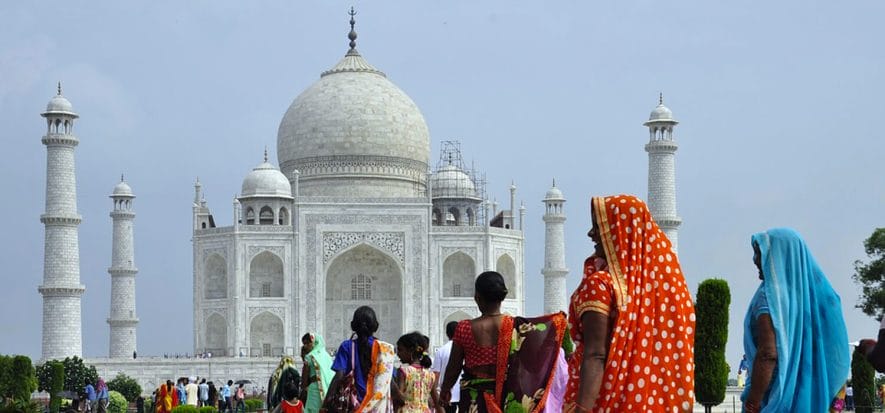On the way to build up the leather district in Agra, it is likely to be downhill from now on (perhaps). Mahendra Nath Pandey, the Indian Minister of State for Skill Development and Entrepreneurship, has reassured the footwear industry entrepreneurs.
Beyond restrictions
India’s government reassurances are about the possibility to overcome a few restrictions, including, among others, the ones imposed to prevent pollution in the area surrounding the Taj Mahal. The new hub will expectedly bring together, in the city situated in Uttar Pradesh, several footwear and leather goods manufacturing companies.
The “leading player”
The minister announced the construction of the cluster in Agra since its manufacturers “are currently playing a leading role in footwear domestic production, while strengthening their market position on an international scale”. Considering such valuable support, “we shall strive hard and do our best to build here a new industrial park, fully focused on leather manufacturing”. “I am going to meet Prakash Javadekar, Minister of Environment, shortly. We are going to share and tackle together the problems that are hindering the district development, such as the Taj Trapezium Zone (that is, a restriction regarding the Taj Mahal, editor’s note) – remarked Nath Pandey –. We shall soon find a solution and we shall therefore provide traders with a reserved area in the city”.
TTZ
The Taj Trapezium Zone (TTZ) is a trapezoidal area that extends across 10,400 square kilometres around the Taj Mahal. They created it to safeguard the monument from pollution. India’s Supreme Court delivered a judgement, on 30 December 1996, about factories formerly running inside the TTZ and prohibited the use of coal. For the records, the TTZ does not only comprise the Taj Mahal, which is one of the Seven Wonders of the World, but also other monuments, such as the Agra Fort and the Fatehpur Sikri.
Picture taken from maxpixel.net
Read also:










